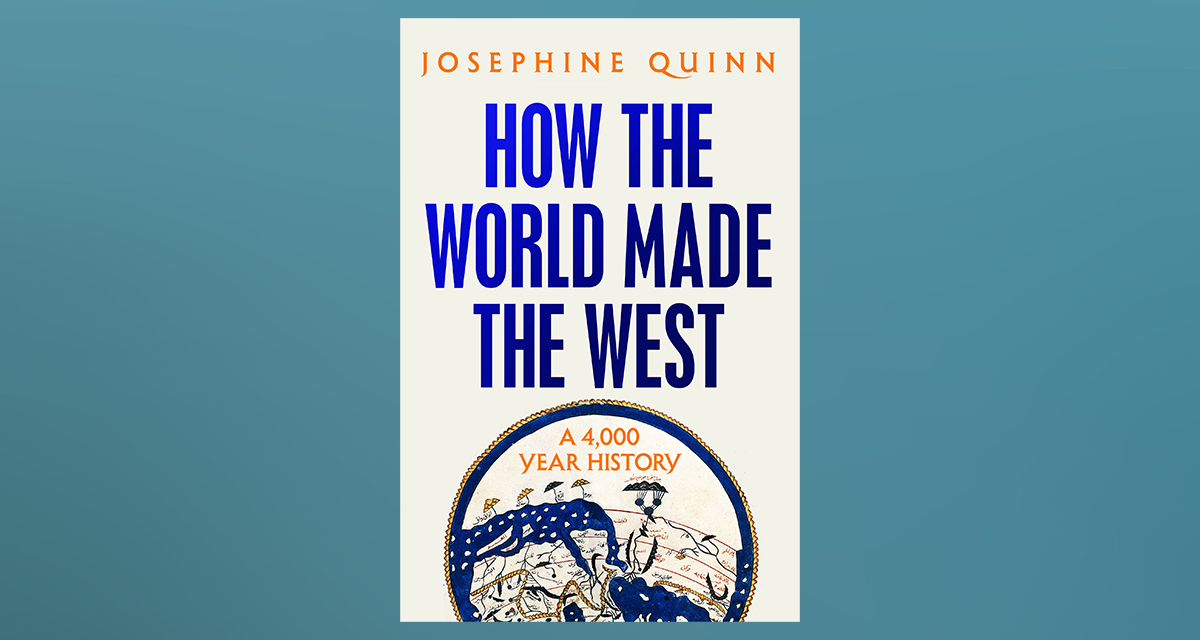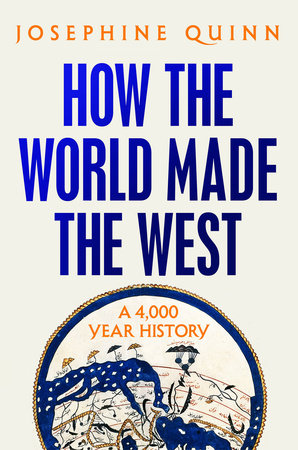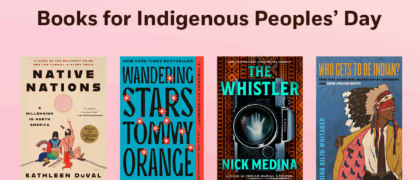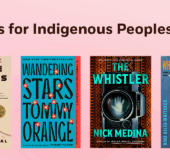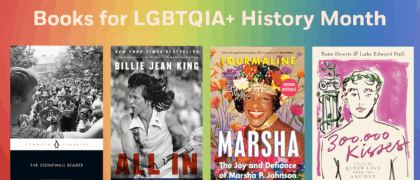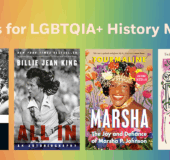An award-winning Oxford history professor “makes a forceful argument and tells a story with great verve” (The Wall Street Journal)—that the West is, and always has been, truly global.
Chapter One
A Single Sail
Byblos, c. 2000 BCE
It is just after dawn on a warm morning about 4,000 years ago. We are at the port of Byblos, built across a promontory below the cool green slopes of Mount Lebanon. The fishing boats are already out, and the front is bustling: Barges stream in from merchant ships that dropped anchor the night before, young men joke around as they load up a donkey train with sacks and baskets and, south of the town’s stone walls, rafts loaded with tree trunks glide down the river to the coast. High above the harbor stands a new temple with a tower guiding sailors to safe mooring, and with anchors built into its staircase and walls for good fortune. The people of this compact, glittering little town honor their debt to the sea.
A couple of kilometers offshore a handsome sailing ship, larger than the rest, rides at anchor in the shallows. The northwesterly winds have dropped over the last few weeks, the temperature is cooling, and now the boat just awaits its passengers and crew.
Trade has taken these men far and wide across a web of cities and empires, artisans and poets, a network rooted in the river valleys of Egypt and western Asia but connected to a bigger world beyond. They can speak several languages, and if we had run into them last night they could have told us some stories over a jar or two of the excellent local wine.
One of the merchants has sailed down the coast and up the Nile, past more than a hundred of the pyramid tombs built by Egyptian priest-kings, to do business in the sandy trading city of Kerma, capital of the gold-rich land to the south that the Egyptians called Kush. From there he traveled across the eastern Sahara to the Red Sea, where he joined a convoy of ships traveling south to the Horn of Africa, in search of ivory, ebony, incense, and gold.
Two more traders have made the long donkey trek toward Mesopotamia. First they headed north across the mountains through the Akkar Gap (today guarded by the Crusader castle Krak des Chevaliers) then east on flatter lands toward the Euphrates. One carried on overland to the Tigris to break bread with men who had hiked south through the Caucasus, leading fine horses and loaded with furs, and who told him of a flat plain farther north, stretching for months of riding time. The other shipped his wares down the Euphrates to the walled city of Ur just north of the Persian Gulf coast, a port far bigger than Byblos.
There he visited the sacred precinct in the northwest of the city dedicated to the moon god Nanna and his consort Ningal, filled with temples and courtyards, government offices and the king’s great palace. In the far corner he climbed the triple staircase of the new ziggurat, a stepped temple-mountain built of bitumen and brick; from the top he watched ships depart for Arabia and the Indian coast and return laden with copper and precious stones. Down at the harbor itself he compared notes with an old man who had been sent to the Gulf from the Indus decades earlier to run his family’s trading interests, and listened to his stories of a great green valley far to the east, with strange humped cattle and five enormous cities built of baked red clay.
The conversation in Byblos that night transports us around a vast connected world in constant flux, full of travelers to whom civilizational thinking would make little sense. When the crew head off in the morning they will head in a new direction, toward the setting sun. Before we follow them ourselves, however, we have to go back to the beginning, to find out how much human history depends on human contact, and how they got this far.
Humans have always sought one another out, even at species level: As a result of such encounters—friendly or otherwise—we all have a small but significant percentage of Neanderthal heritage in our genes, and the DNA of at least three other archaic human species survives in modern populations. Once Homo sapiens had supplanted other varieties across the planet, she kept on walking—and sometimes paddling too. Hunter-gatherers traveled with their prey and with the seasons, and they traveled to find one another, building mysterious megaliths together in the Taurus Mountains and celebrating feasts in halls made of mammoth bones along the Dnipro and the Don. They swapped raw materials: People in Cyprus and on the Red Sea obtained obsidian, a shiny, hard volcanic glass that made excellent cutting tools, from central Anatolia. They exchanged technical information as well: New designs for arrowheads spread quickly across a wide area from Mesopotamia to Syria.
As the global climate settled and warmed at the end of the Ice Age 12,000 years ago, exchange became even more important in the so-called Fertile Crescent (which really looks more like a boomerang). There in the new temperate conditions, abundant local game and wild plants prompted the first experiments in agriculture. Pioneers took local wild grasses with small, easily dispersed seeds and by careful and repeated selection they nudged them into producing fat, firmly attached grains, easier for humans to harvest, eat, and process into flour but now in need of human intervention to reseed. Another form of selective breeding turned wild animals into human servants: Dogs had long been bred from wolves for hunting companions, but now aurochs were transformed into cows, boars into pigs, and sheep were coaxed out of their natural aggression.
Farming required a more sedentary lifestyle, but it still depended on contact and communication. Each domestication took place in a specific area of the Fertile Crescent—wheat, cattle, and sheep in the northern hills, barley and pigs in different areas west of the Euphrates, and goats in what is now Iran. By around 7000 BCE, however, all the new breeds are found throughout the region. This involved more than just swapping seeds and stock: People had to explain to one another how to sow, cultivate, harvest, and cook the new plants, and how to breed, feed, and care for the new animals.
Farming a wider range of crops and animals considerably reduced the risks of the agricultural lifestyle, dependent as it was on the weather and the gods. Agriculture still wouldn’t have appealed to everyone: It is harder work than hunting and foraging, and a sedentary workforce is a breeding ground for infectious disease. But the returns promote population growth, which encourages migration in search of new land. From the seventh millennium BCE agriculture expanded across a vast swath of the world. Farmers took their animals, seeds, and skills south to Egypt, east to Iran and the Indus Valley, north to Anatolia, and from there west into Europe. They established themselves wherever they could sustain crops by good luck or human ingenuity, and at the expense of the people who used to hunt and herd across the new fields.
The most successful experiments took place in the dry river valleys of Mesopotamia, the “land between the rivers,” tucked inside the arc of the Fertile Crescent itself. Farming the rich alluvial soils between the Tigris and the Euphrates required the construction of an intricate network of canals and water channels, and rewarded the farmers with dramatic yields. They could now grow enough food to support others to become potters, priests, or administrators, and by the fifth millennium BCE towns had emerged. By the late fourth millennium BCE Uruk on the Euphrates was a true city of 250 hectares—about the size of London’s Soho—with canals, temples, and a population of between 20,000 and 40,000 people.
The administrative requirements of managing a large agricultural territory beyond the city walls meant that Uruk also developed the world’s first known system of standard weights and measures, based on the load an average man could carry (a talent) and on the length of his forearm (a cubit). The first writing appears here too. Initially this was just a counting system—circles for tens, lines for ones—but then scribes added pictograms to show what was being counted. By the end of the fourth millennium, they had extended this code to record the local language and then literature in signs imprinted into clay tablets with a stylus and now known as cuneiform, from the Latin for “wedge-shaped.”
By the mid-third millennium BCE a patchwork of cities ruled by kings covered southern Mesopotamia, some with tens of thousands of inhabitants. We can tell a similar tale about Egypt, where farming arrived on the Nile in the sixth millennium BCE. Complex irrigation technology was needed here too to trap and divert the annual floods, and the yields were again impressive. By the late fourth millennium large cities had grown up along the Nile, and around 3000 BCE the communities of Upper and Lower Egypt came together under the “Old Kingdom” dynasties that wrote in hieroglyphs, built the pyramids, and ruled over more than a million people.
This is a story so familiar that it can sound like fate: the first steps on the ladder of progress assembled in the eighteenth century whereby hunters become herders become farmers, who build cities and acquire rulers, rules, and institutions—in short, civilization. But in fact it reveals the holes in the traditional narrative of self-development. Like earlier, smaller communities, the kingdoms of Mesopotamia and Egypt did not make themselves. Nor were they the only societies of interest in this era.
Copyright © 2024 by Josephine Quinn. All rights reserved. No part of this excerpt may be reproduced or reprinted without permission in writing from the publisher.
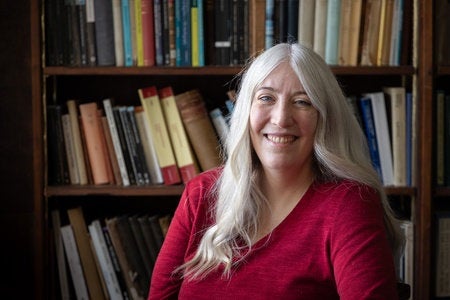
© Fran Monks
Josephine Quinn is Professor of Ancient History at Oxford University and Martin Frederiksen Fellow and Tutor in Ancient History at Worcester College, Oxford. She has degrees from Oxford and University of California, Berkeley; has taught in America, Italy, and the UK; and co-directed the Tunisian-British archaeological excavations at Utica. She is a regular contributor to the London Review of Books and The New York Review of Books, as well as to radio and television programs. She is the author of one previous book, the award-winning In Search of the Phoenicians, and lives in Oxford.

